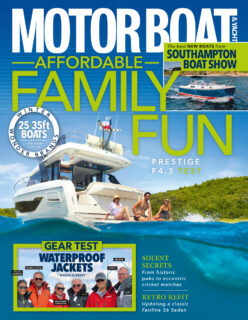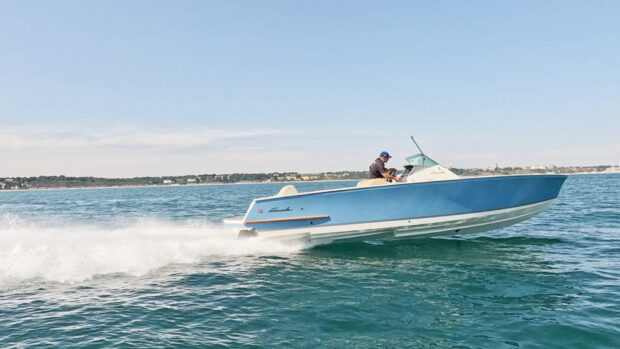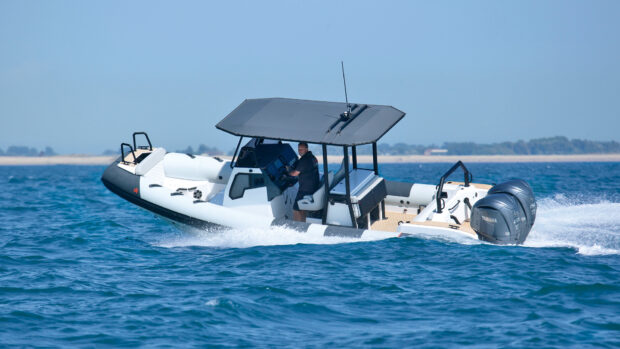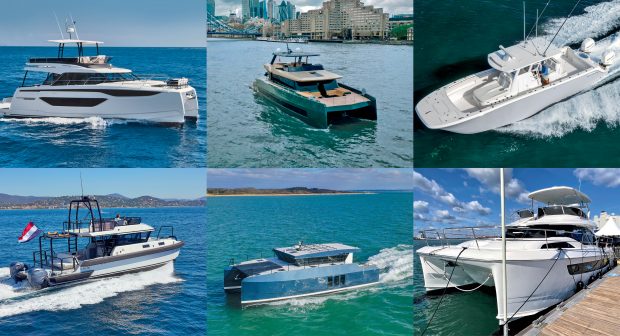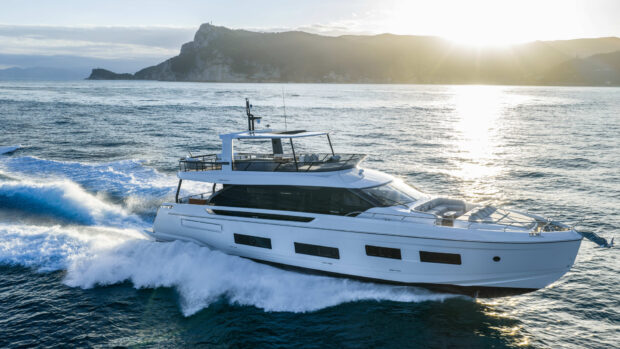Look around any marina in the UK or abroad and you will almost always see a fleet of small pilothouse motor boats dotted around the pontoons...
With their enclosed wheelhouses, safe walkaround decks and facilities for overnighting, pilothouse boats has become extremely popular with everyone from solo skippers to first-time buyers looking for a family boat and amateur anglers in search of a year round fishing boat.
The only downside of this design is that it creates a lot of windage close to the bow relative to the size and weight of the boat, making docking a single-engined shaft-drive pilothouse boats notoriously tricky.
These days they are almost all fitted with single or twin outboard engines giving better manoeuvrability at slow speeds as well as more performance when cruising, but the issue of a lightweight boat with lots of windage forward still applies when it comes to docking an outboard-powered pilothouse boat.
The trick is to berth stern-to the elements wherever possible so that the bow is less prone to being blown off course. The only downside of outboards is that the small propellers used on these fast revving engines give less thrust at tick-over.
This means you need to master the art of adding a puff of revs to give control when manoeuvring, as at tick-over alone there often isn’t enough drive to overcome all that windage. By a puff I mean raising the revs just enough to give the propeller some bite. It may be as little as an extra 100 revs but it can make all the difference.
Article continues below…

How to dock a boat: Coming alongside in a single-engined RIB

How to dock a boat: Three simple methods for single shaftdrive boats explained
This should allow you to reverse into most berths, get the boat stationary, put the gearbox in neutral, step into the cockpit and drop the stern line over a suitable cleat. Once made fast you can then return to the helm to take up the slack by going gently ahead and pinning the boat alongside the pontoon.
This works really well and allows the whole task to be completed single-handed. Downwind berths mean you are being accelerated into possible danger so the technique is to go in bow first using the “puff” method to give a bit of steerage as and when required without building up too much speed.
Once in the berth use astern gear to stop with your stern adjacent to a suitable cleat or, if the berth is long enough to allow it, to carry on just past the cleat so you can then reverse upwind the last foot or two for even greater control.
I like to step away from the controls with the boat stationary and in neutral to attach the priority stern line before the wind starts to push you forward. When it’s attached and tensioned, put the engine back into ahead and pin the boat alongside whilst you sort the other lines.
First published in the September 2023 issue of MBY.
